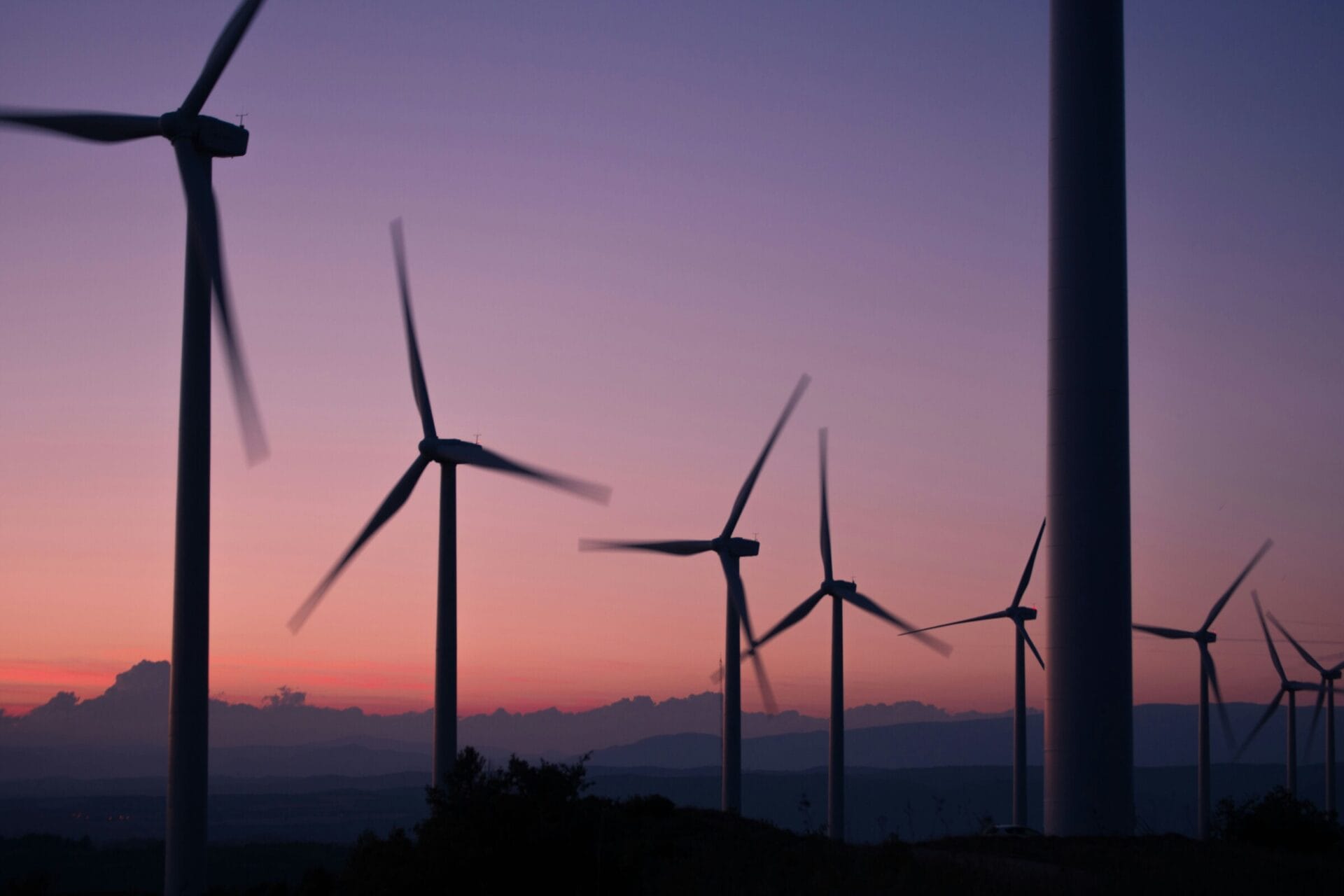China is achieving major advancements in renewable energy, unveiling the largest floating wind turbine in the world. This impressive 20-megawatt turbine showcases China’s commitment to green energy initiatives. With a rotor diameter of 260 meters, it boasts a wind-catching area covering 53,100 square meters—equivalent to about seven football fields—maximizing its ability to harness wind power.
Turbine Details and Environmental Impact
The turbine gained attention on October 17 when it was featured on the “Guozi Xiaoxin” Weibo page. It is projected to generate 62 million kWh annually, enough electricity to supply around 37,000 homes. Additionally, it is expected to conserve approximately 25,000 tons of coal and prevent 62,000 tons of carbon dioxide from entering the atmosphere each year, which is quite significant for the environment.
Innovative Design and Global Implications
Constructed on a semi-submersible floating platform equipped with an advanced mooring system, this turbine can operate in deeper waters where conventional turbines fail to function. This technology marks a turning point for offshore wind energy in China, giving the nation an advantage in the international wind energy competition and expanding the potential reach of offshore wind resources.
They first introduced this impressive machine at the Hamburg International Wind Energy Exhibition on September 24, capturing considerable attention. Known as the “Qihang,” it is not only a powerhouse but also designed for easy installation and adaptability to challenging ocean conditions, allowing it to cover extensive areas effectively and promote sustainable energy development in China’s wind sector.
Testing and Future Plans
Preparations are underway to conduct tests on the turbine in Dongying, Shandong. Once the turbine passes all evaluations, the intention is to deploy it offshore and connect it to the electrical grid. CRRC, the company responsible for “Qihang,” has stated that these tests will confirm both the technology’s effectiveness and its economic viability, setting the stage for broader implementation.
CRRC is already a significant contributor to the wind energy landscape, having installed over 13,000 turbines across 260 wind farms, both onshore and offshore.


Leave a Reply